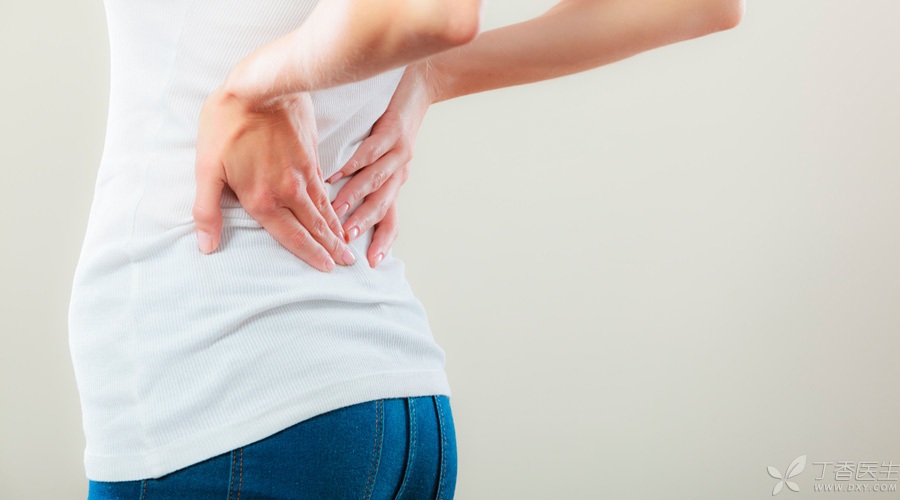
Many friends will blurt out a sentence: waist soreness, backache, leg cramps, calcium supplement!
Does that make sense?
Yes.
Waist soreness and backache are actually one of the manifestations of osteoporosis. Simply put, osteoporosis is a decrease in the content of calcium and other minerals in bones. Calcium supplement is indeed one of the coping styles.
Recent studies have shown that the incidence rate of osteoporosis among people over 40 years old in China is 24.62%, which means there are about 140 million osteoporosis patients, a staggering number.
Who is more prone to osteoporosis? How to hold the defense line for bones?
Why is the bone loose?
Bones have their own metabolic system: every day some bone tissues are dissolved and destroyed, and new bone tissues will be generated, [old and new] alternate, and only when the two are balanced can bones be healthy.
Normal sex hormone levels, protein, calcium and vitamin D intake, and moderate exercise help to maintain this balance. Once the balance is broken-more [old] go and less [new] come, osteoporosis quietly comes to the body.
After osteoporosis, the bone structure is destroyed, the brittleness of the bone increases, and the fracture may be [creaked] at once. Look at the following figure and feel it intuitively. From left to right, the bone density gradually decreases and the bone structure is destroyed.
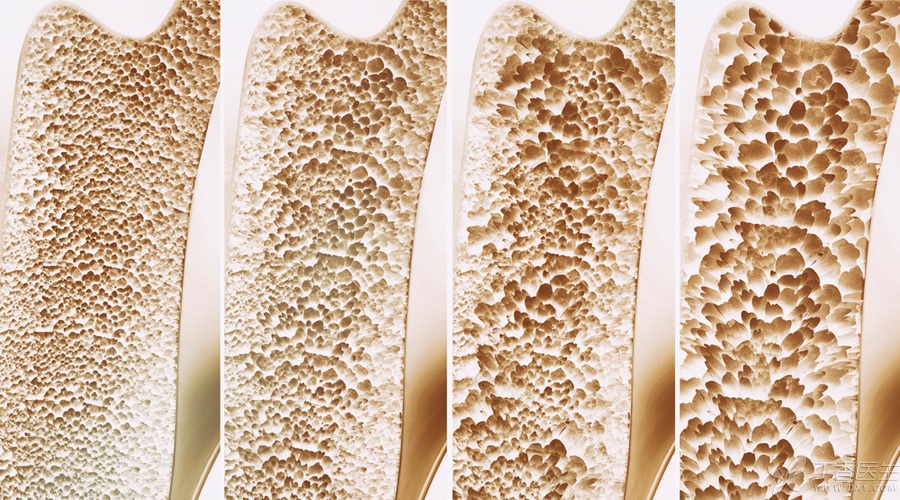
Osteoporosis prefers these 9 categories of people,
These friends need special attention:
1. Postmenopausal women
Estrogen in postmenopausal body decreases, often occurring within 5 ~ 10 years after menopause.
2. The elderly
Especially for women over 65 years old and men over 70 years old. Because of gastrointestinal hypofunction, lack of attention to diet, etc., malnutrition is easy, coupled with sex hormone disorder in the body, combined with a variety of chronic diseases, osteoporosis is easy to occur.
3. Smokers and Alcoholics
Excessive alcohol or tobacco reduces calcium, vitamin D and sex hormones, directly affecting bone cell function.
4. Nutritional Imbalance Population
Inadequate intake of protein, calcium and vitamin D.
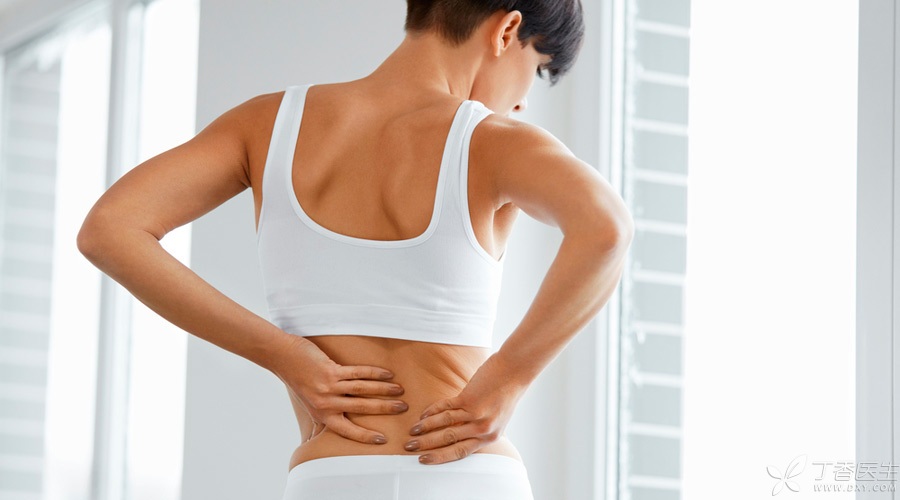
5. People with excessive salt intake
Excessive salt promotes calcium loss and affects bone cell function.
6. People who are less active or bedridden for a long time.
Moving muscles constantly stimulate bone tissue, which can prevent bones from becoming fragile.
7. People with little sun exposure
The production of 80% ~ 90% of vitamin D in the body depends on the skin to receive ultraviolet radiation, which leads to less deficiency in the sun.
8. Thin people
If the body mass index is less than 19, more attention should be paid. Body mass index = weight (kg) ÷ height (m) square.
9. Relatives have osteoporosis
In particular, maternal relatives such as mothers and grandmothers suffer from osteoporosis, and the risk of onset will be higher.
In addition, people suffering from other diseases (such as diabetes, hyperthyroidism, rheumatic diseases, gastrointestinal diseases, kidney diseases, etc.) or long-term use of certain drugs (such as prednisone, pioglitazone, omeprazole, etc.) also have a greatly increased risk of osteoporosis.
To prevent osteoporosis, please hold four lines of defense.
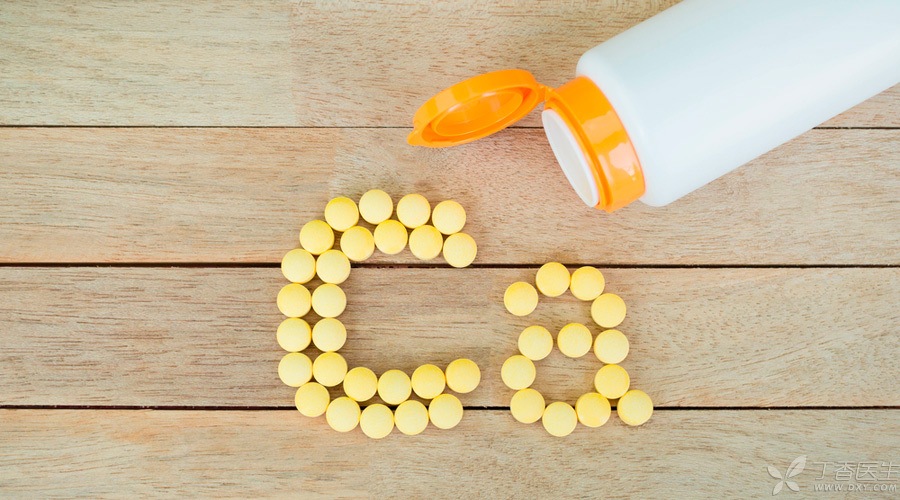
It is not complicated to say, that is, the words “eat, move, treat and check”.
Step 1 Eat
Ensure calcium intake. The recommended calcium intake for adults is 800 milligrams per day, and it should be increased to 1,000 milligrams per day for people over 50 years old.
Because the average dietary calcium intake of Chinese residents is about 400 milligrams, it is appropriate for most people to supplement 400 ~ 600 milligrams of calcium.
Not only calcium tablets, but also fish, livestock meat and eggs should be properly eaten in diet. It is also recommended to drink 300 milliliters of milk every day.
Ensure vitamin D intake. The average adult is 200 IU per day, and the elderly over 60 years old recommend 400 ~ 800 IU.
Eat liver, egg yolk, marine fish, mushrooms, etc. of some animals properly, and milk and soybean milk added with vitamin D are also good.
Don’t forget to get vitamin D from sunlight-at least half an hour of outdoor activity every day.
When vitamin D deficiency or deficiency occurs, vitamin D preparations should be taken orally under the guidance of doctors.
Ensure protein intake. Dairy products, fish and meat are the main sources of protein, and eating soybeans and bean products regularly is also a good choice.
Of course, don’t forget to eat a low-salt diet and quit smoking and drinking.
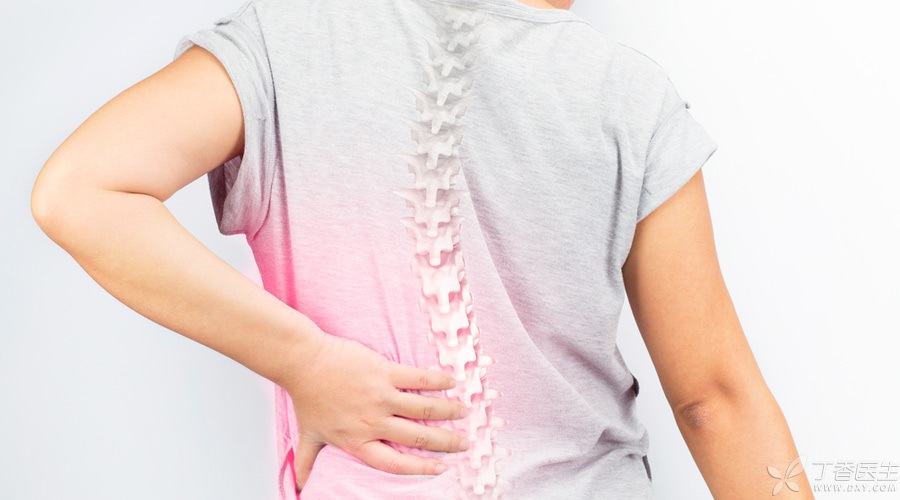
Step 2 Move
It is recommended that moderate intensity aerobic exercise is better, i.e. The heartbeat and breathing are accelerated during exercise, but it is not urgent and has no obvious fatigue feeling, so as to avoid strenuous exercise.
It is recommended to exercise at least 5 times a week, each time for more than half an hour. There are many optional events, such as fast walking, jogging, cycling, square dancing, Taijiquan, etc.
3. Treatment
Actively treat diseases that cause osteoporosis, such as hyperthyroidism, diabetes, gastrointestinal diseases, rheumatic diseases, etc., and avoid taking drugs that are easy to cause osteoporosis.
Step 4 Check
Do a good job in screening osteoporosis so as to treat it as soon as possible. If there is unknown cause of bone pain, height shortening or hunchback, it is recommended to go to the hospital as soon as possible to check whether bone mineral density suffers from osteoporosis. Bone mineral density examination is a good way to diagnose osteoporosis.
Even if there are no symptoms, if you belong to the 9 categories of osteoporosis, it is also recommended to have a bone mineral density examination.
I hope these four countermeasures can help everyone strengthen their bones.
